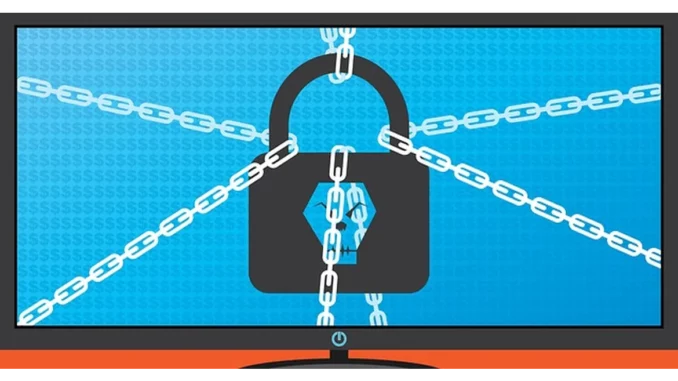
In the midst of a bustling café in London, I sat down with Clara Mitchell, an experienced IT specialist who has spent over a decade securing healthcare systems in the UK. The recent ransomware attacks on NHS hospitals were fresh in our minds, and Clara was eager to share her insights. As a journalist, I, Sparrow Knight, was keen to delve deeper into the impact of these cyberattacks on healthcare institutions and the measures needed to combat such threats.
Clara began by painting a vivid picture of the current situation: “Imagine the chaos when a hospital’s digital infrastructure suddenly goes dark. Doctors can’t access patient records, surgeries get postponed, and emergency rooms slow to a crawl. This is the grim reality we’ve faced with the recent ransomware attacks on Alder Hey and Wirral University Teaching Hospital.”
The situation at Alder Hey Children’s Hospital was particularly alarming. As one of Europe’s largest children’s hospitals, it holds a vast trove of sensitive patient data. Clara explained that the ransomware group, Inc Ransom, exploited a vulnerability in a digital gateway service, a weak link shared by multiple hospitals, including Alder Hey. “This breach wasn’t just about Alder Hey,” Clara noted. “It also affected Liverpool Heart and Chest Hospital and Royal Liverpool University Hospital, revealing the interconnectedness and vulnerabilities of our health system.”
Despite the breach, Alder Hey assured that its services remained operational, a testament to their emergency protocols. However, the underlying threat was far from resolved. “The attackers have sensitive data and could release it anytime,” Clara warned, highlighting the ongoing risk to patient privacy.
Just a few miles away, Wirral University Teaching Hospital was grappling with its own crisis. The trust had to declare a “major incident,” temporarily shutting down its systems. Clara recounted the ripple effects: “Emergency departments were overwhelmed, with patients facing long waits. It was a stark reminder of how dependent we’ve become on digital systems.”
I was curious about why the NHS, in particular, seemed to be a magnet for cybercriminals. Clara had a straightforward answer. “The NHS holds vast amounts of high-value data, from patient records to personal identifiers. And with the critical nature of healthcare services, attackers know there’s pressure to pay ransoms to restore operations quickly.”
She spoke passionately about the vulnerabilities posed by legacy IT infrastructure in many NHS trusts. “Outdated systems are a hacker’s playground,” she said, stressing the urgent need for modernisation. The government’s Five-Pillar Cybersecurity Strategy aims to address these issues, focusing on modernising systems, enhancing threat detection, and improving staff training. Clara was cautiously optimistic about these efforts. “It’s a step in the right direction, but implementation speed is crucial.”
Our conversation turned to the broader implications of these cyberattacks. Clara reflected on the erosion of public trust. “Repeated attacks shake people’s faith in the NHS’s ability to protect their data. Patients need assurance that their personal information is safe.”
To rebuild trust and resilience, Clara advocated for a multi-faceted approach. She emphasised the importance of strengthening defences through measures like Multi-Factor Authentication and regular security audits. “These are basic yet effective practices that can thwart many attacks,” she explained.
Training healthcare staff is another critical element. “We need to educate employees to recognise phishing attempts and other malicious activities. Simulated cyberattack drills can prepare staff for real-life scenarios, ensuring they respond swiftly and effectively,” Clara added.
Developing robust incident response plans was another priority Clara highlighted. “A well-crafted response plan can minimise downtime and help hospitals recover quickly from an attack,” she said, her voice firm and resolute.
As we wrapped up our conversation, I asked Clara about her thoughts on the future of cybersecurity in healthcare. She paused thoughtfully before replying, “The landscape is always evolving, and so must our defences. Continuous adaptation and vigilance are key. It’s a battle we can’t afford to lose.”
Clara’s insights left me with a renewed understanding of the complex challenges faced by the NHS in this digital age. The recent ransomware attacks were a wake-up call, underscoring the urgent need for enhanced cybersecurity measures across the healthcare sector. As we parted ways, I was reminded of the delicate balance between technological advancement and the inherent risks it brings—risks that demand our constant attention and action.
Sparrow Knight


Be the first to comment